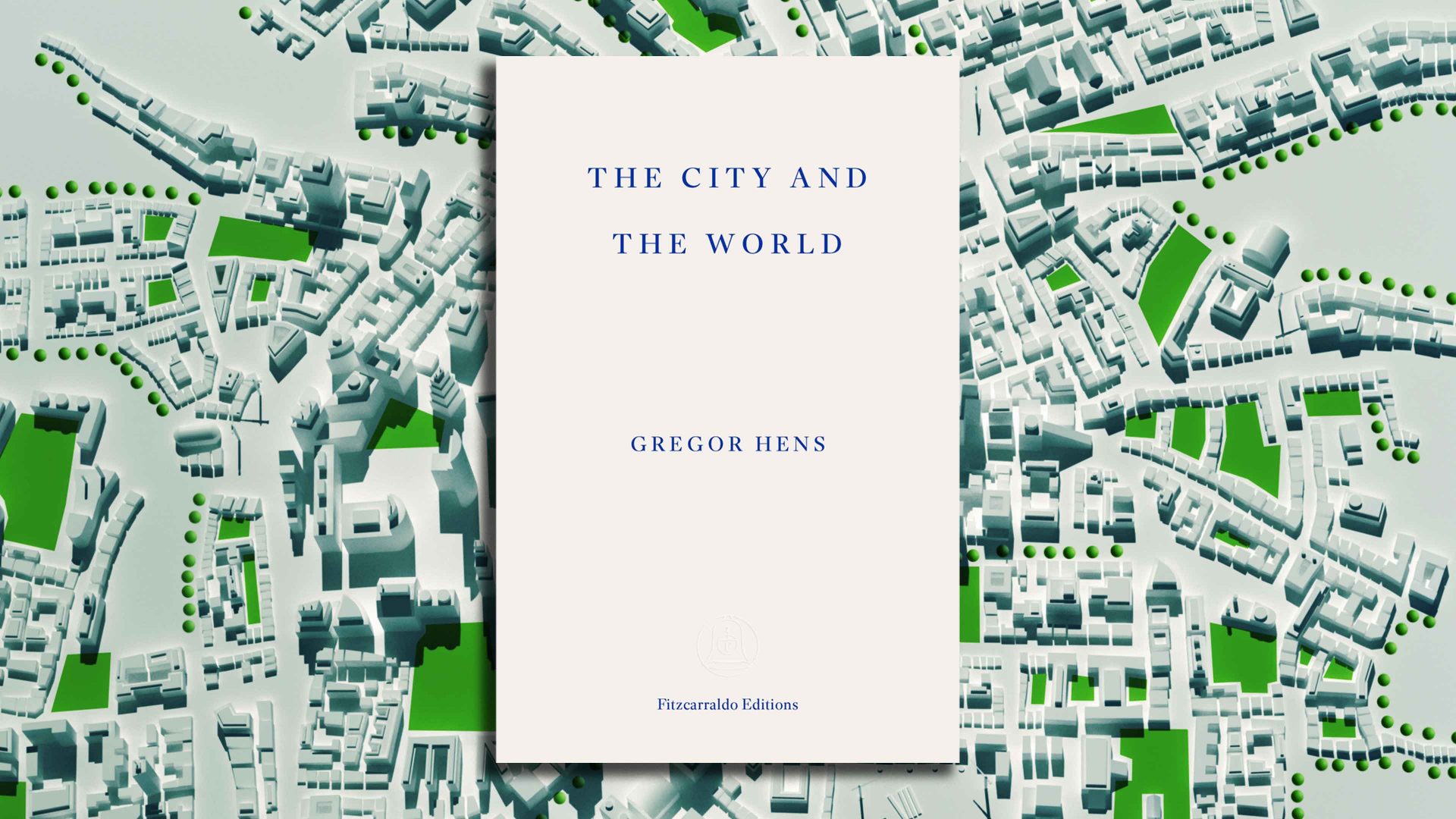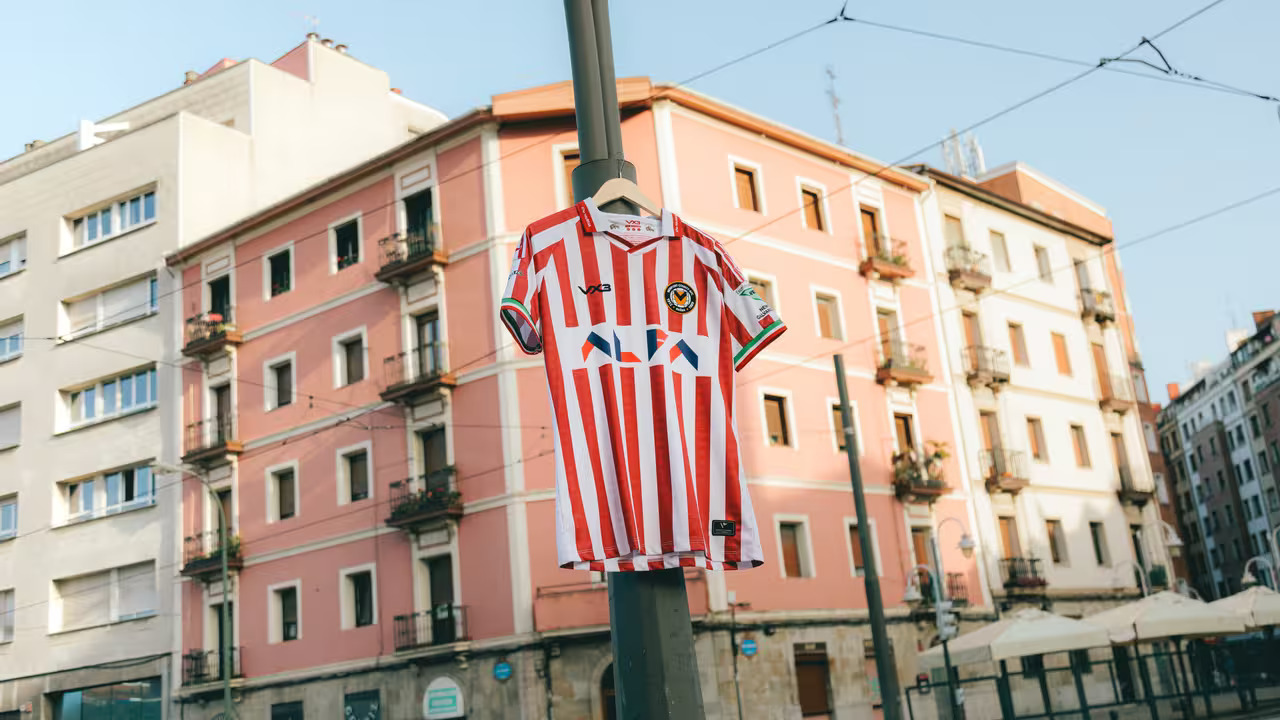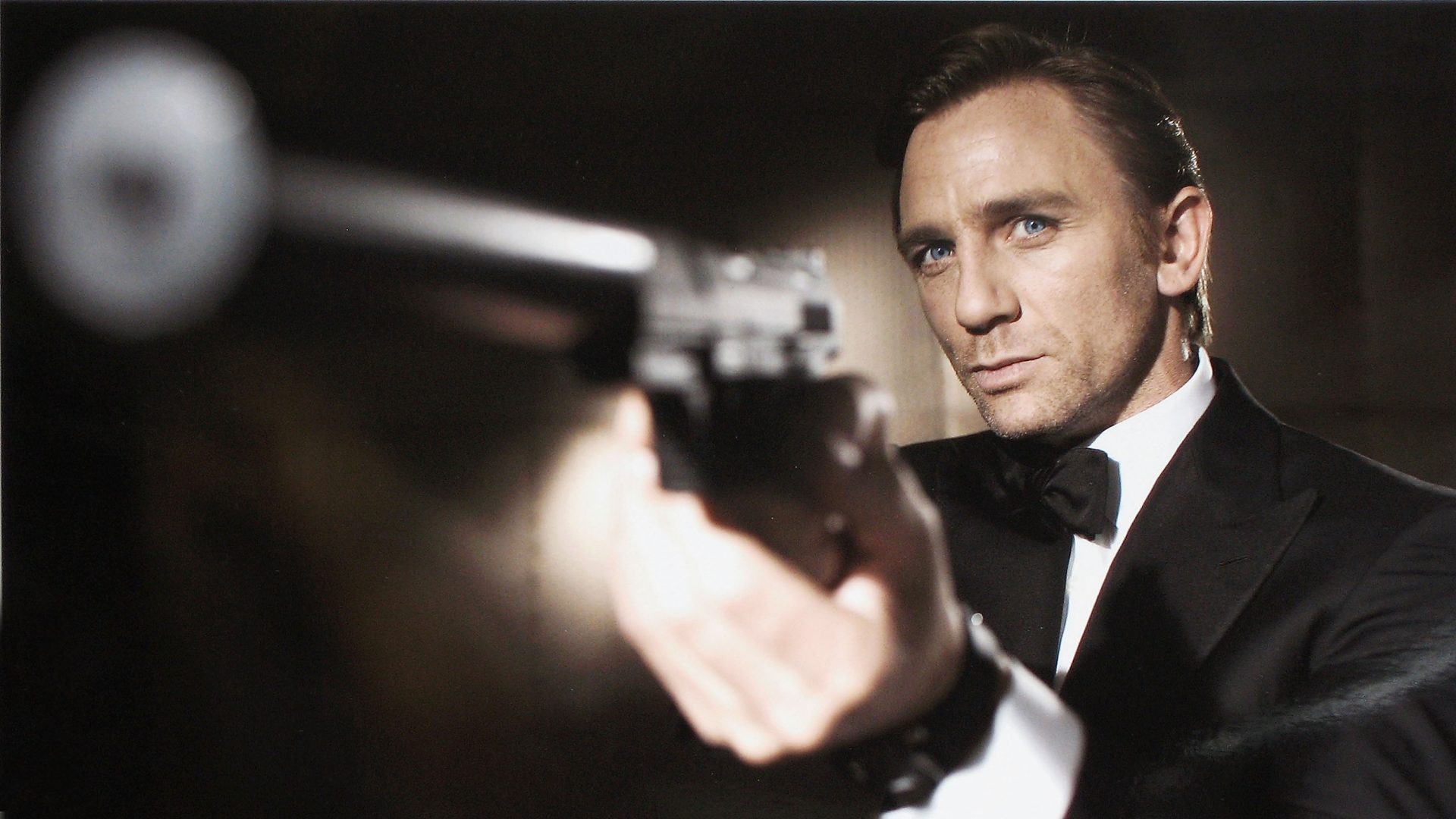The novelist and traveller Storm Jameson once said that the greatest way to explore a city was to forget the map and get lost in it. In our era of smartphones and GPS, it is increasingly difficult to do this. Our exploring is done with our eyes fixed on a screen.
In The City and the World, Gregor Hens offers us something very different: a multi-sensory, multi-disciplinary tour of the cities of the world. Blending philosophy, sociology and a keen eye for urban planning, Hens creates a dense collage of modern city life.
The reader’s attention is drawn to landmarks, statues and buildings which, rather than placing or guiding the traveller, instead create portals through which to move to other points of interest, elsewhere. And so we glide among the statues, cemeteries, graves, subways, rivers, canals and buses that take us from Berlin to Tokyo, Rome to Bogotá, Turin to Los Angeles.
We enter the waterways of London, but emerge on the Rhine in Basel. He fantasises: “Maybe it won’t be long until you can swim across Paris, from the Bois de Boulogne to the Bois de Vincennes, and also to Pantin in the north-east, in high and even loops of the Seine.”
From the bronze cast of the revolutionary Simón Bolívar in Berlin the narrative slips across to the original in Bogotá but then onward to other duplicates of the statue in Ottawa, Havana, Ohio and even Baghdad.
We sweep from Paris to Tokyo and back to Berlin during lockdown, to explore the otherworldly nature of the abandoned city and the way we absorb what Alison Landsberg once called “prosthetic memories” from people and culture long before we make our own. Rather than disorientating the reader, these crossing points emphasise the commonality of these spaces.
Hens’s mind is a whirl, producing sentences such as: “I suddenly feel dizzy, I turn away, it’s as if the multi-lane boulevard were infinitely far away, Papa! And at the same time he is… there, or here… in the centre of Berlin, Papa! In Ottawa or Cologne, where… Dalhousie Street… changes its name, from Ebertplatz it becomes Turinerstraße, it ends at Piazza San Carlo, where we ate strawberry ice cream in the shade of a Savoyard Duke sitting on a horse, weeks or months or centuries ago…”
This stream of consciousness style feels like a close match for the character of our new, globalised network of cities, and the destabilising, disorientating effect that urban spaces can have.
In among it all, Hens touches on writers and thinkers including Le Corbusier, Foucault, Debord, Woolf and, of course, Baudelaire’s flâneur, the young man who sashays through the Paris streets, seeing and being seen among the crowds. But in many ways, his approach owes more to the French deconstructionist Jacques Derrida than to Baudelaire.
Here, the city, like Derrida’s différance, is always giving way to something else, offering a new meaning which disrupts any sense of terra firma. The result is an experience that is both exhilarating and otherworldly. It captures not only the essence of our fleeting modern world of images and social media ephemera, but also the fluid space in which it all happens.
Absent from this is the notion of the city as a space in which the individual needs to be defended, whether taking sanctuary behind the wheel of a car (Hens refers to these as “living rooms on wheels”), high walls or the automatic gates of a private drive.
As Rebecca Solnit observes, the city replicates the conscious mind to create a map for life. This is the city as an organism, a permeable membrane that offers bridges and waterways between one mind and another. Here lies the revolutionary idea of the city as a network, as a site for passage within time and place, whose borders are permeable for all: the city as an experiment in thinking and living.
The City and the World by Gregor Hens, trans. Jen Calleja is published by Fitzcarraldo.
Katherine Cooper is an academic who works at the National Centre for Writing



